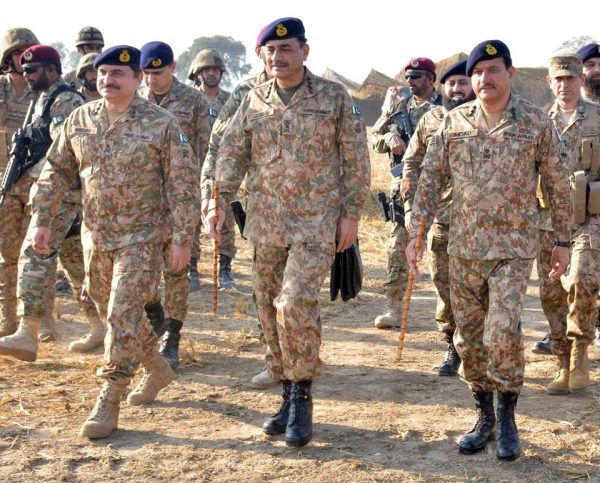While debates around the 27th Constitutional Amendment have focused on its political motivations and civil-military implications, the more consequential shift lies in its strategic reorientation of Pakistan’s defense architecture. Elevating the chief of army staff (COAS) to chief of defense forces (CDF) and dissolving the chairman of the Joint Chiefs of Staff (CJCSC) post centralizes military authority, reshaping strategic planning, nuclear oversight, and defense resource management.
The COAS-CDF now leads all conventional and nuclear forces, which are more seamlessly integrated and strategically focused on India, while fighting terrorism emanating from Afghanistan, and also readying to play an enhanced role in Middle Eastern security. This reduces risks of inadvertent escalation due to bureaucratic divisions and reins in autonomous military programs driven by weak oversight. It also empowers the COAS-CDF to offer security assurances to partners like the United States, China, and Gulf states, without being constrained by multiple nodes, particularly the CJCSC and service chiefs. The restructuring streamlines budgets, eliminates duplication, and enhances oversight across services and strategic projects, which will potentially free up resources for urgent procurements and reinforcing Pakistan’s defense posture.
Evolution of Higher Defense Organization: C-in-C to CJCSC
After independence, Pakistan adopted the British colonial era’s defense command structure, where the commander-i
Continue Reading on The Diplomat
This preview shows approximately 15% of the article. Read the full story on the publisher's website to support quality journalism.
